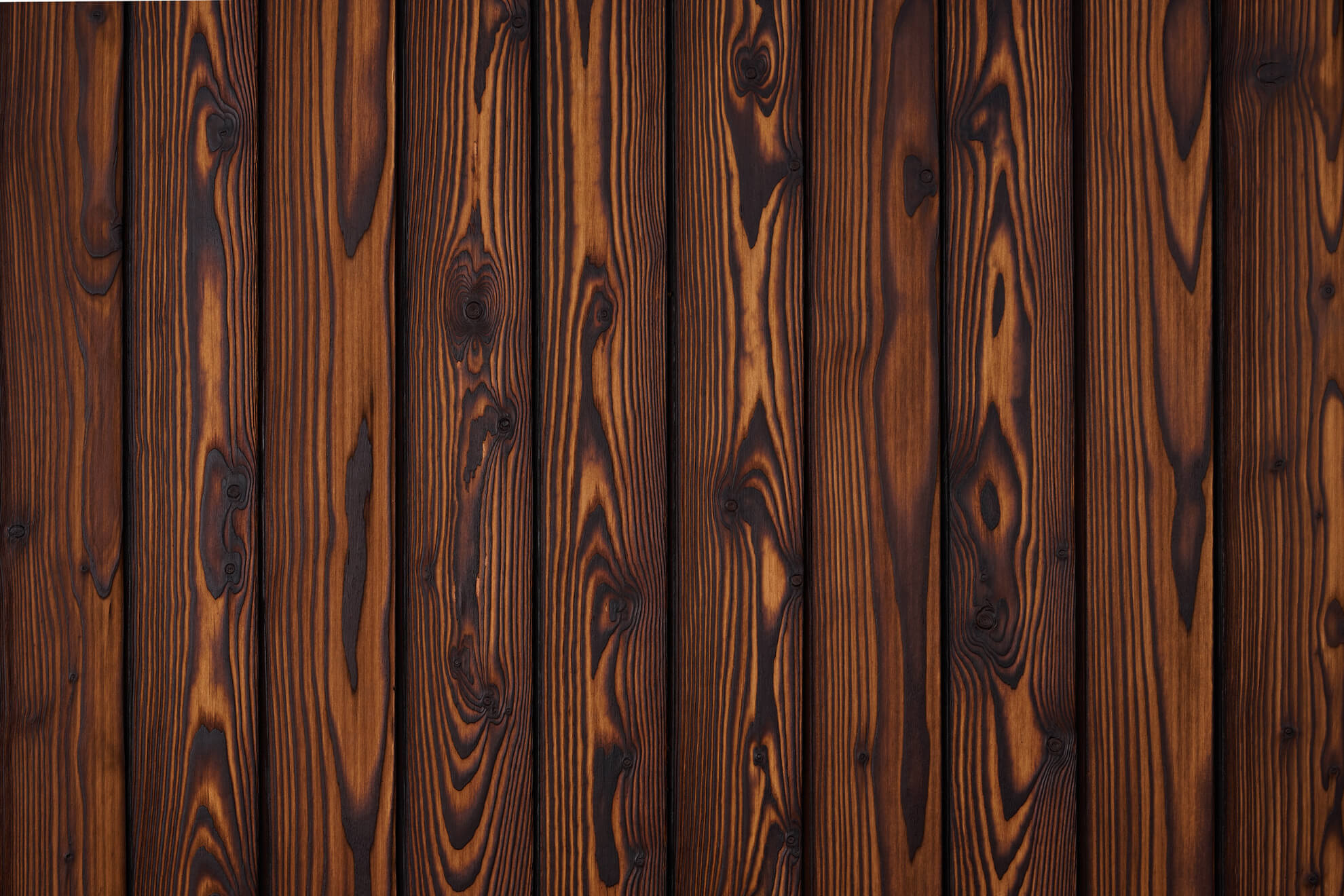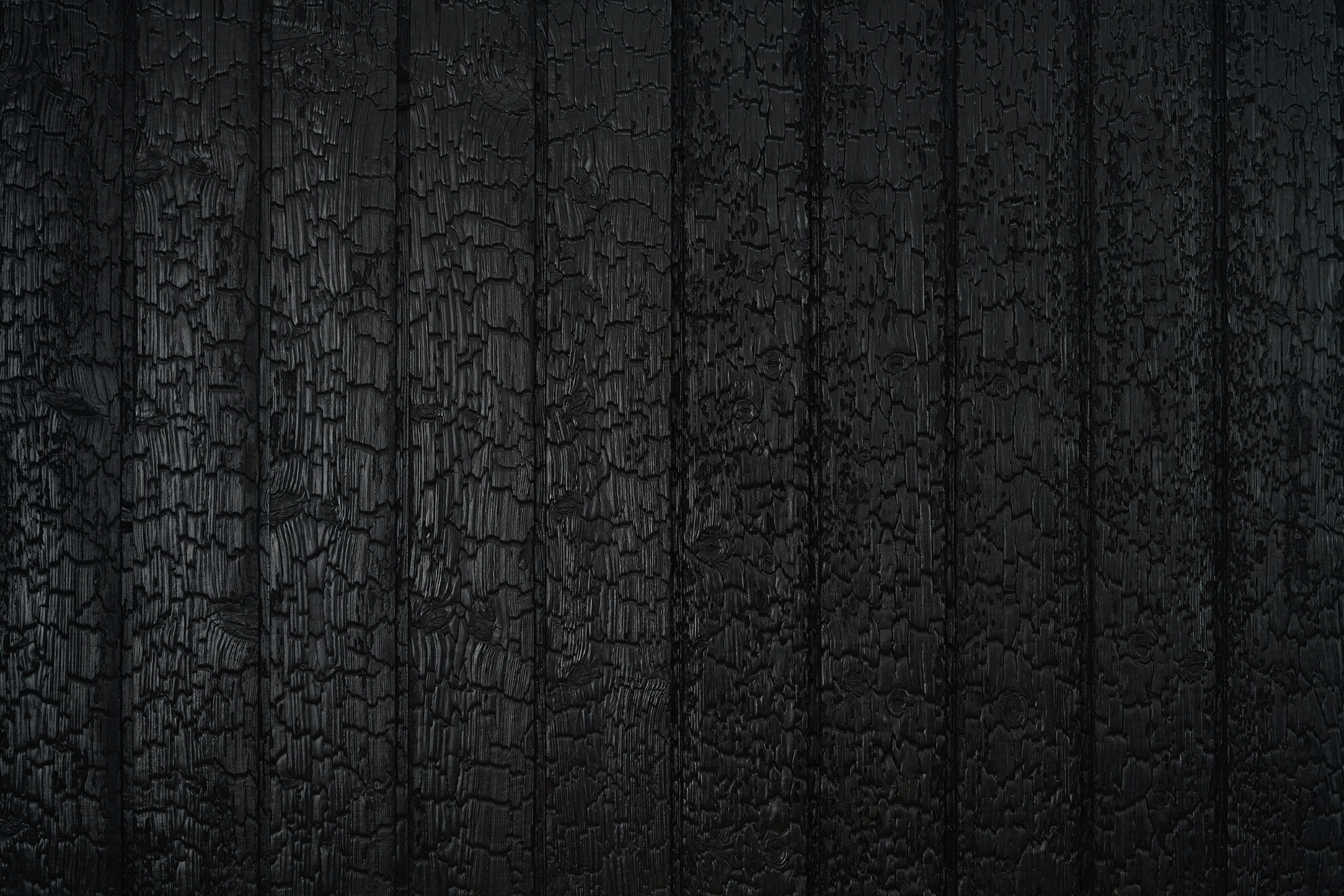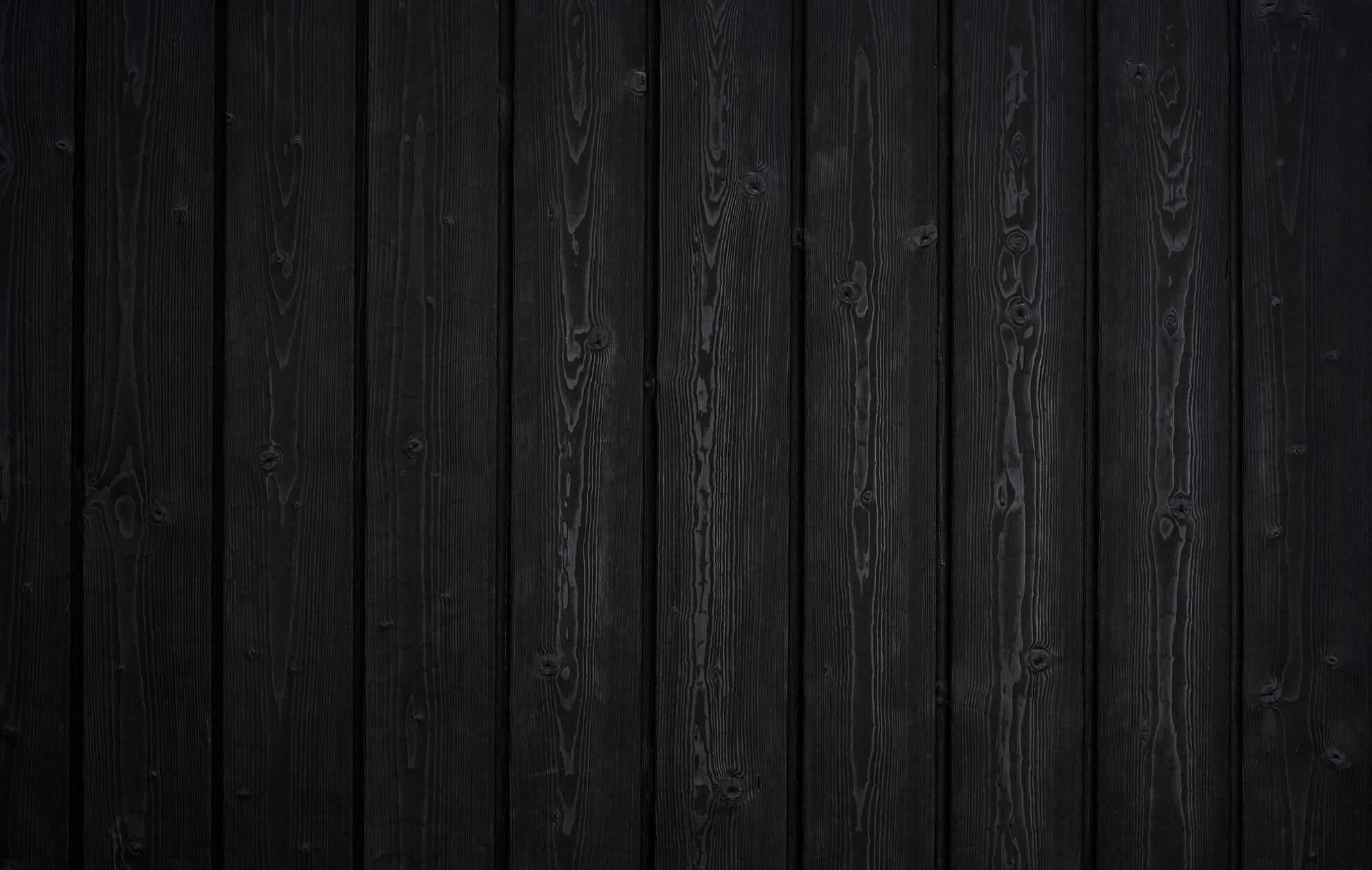Understanding Wood Charring: The Art of Yakisugi
The Yakisugi wood processing technology is multi-purpose. There is definitely more than one reason for choosing wood charring. This service that we offer – wood charring, has many different perks and pros that you should know about.
Antique, yet timeless Japanese wood treatment technique.
Japanese wood treatment technique, called yakisugi, is a completely natural way of wood preservation, used for centuries. Wood charring allows to preserve the lumber from environmental factors, as well as creates unique and exclusive appearance. Using yakisugi technique, the outer part of wooden boards is treated with fire – it allows to reveal the natural beauty of wood colour and texture, without any chemical substances.
Blackened wood (also known as darkened wood) is produced by us, thinking both – about the environment and the eye-appealing looks. Heating timber with fire makes its outer layer look burnt, although the inside of it remains fully robust, so it maintains the natural wood characteristics. The outer layer of blackened wood is then covered with a special oil that improves the protective properties of the material. Because of the fire treatment, darkened timber gains such qualities as fire and fungus resistance. Moreover, such an ancient Japanese technique requires minimal maintenance, whereas more usual types of impregnated timber need to be taken care of much more often.
Wood Preservation
Wood charring ensures natural preservation qualities for wooden house cladding, fence or decking, without any harmful substances involved.
Rich Shade
Wood charring enriches and intensifies the natural colour of the wood – shade intensity depends on the exact technology used.
Unique Texture
Wood charring enriches and intensifies the natural colour of the wood – shade intensity depends on the exact technology used.




